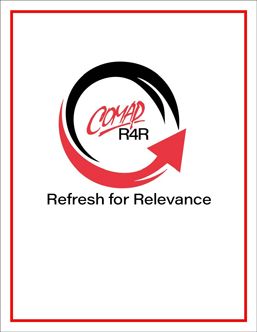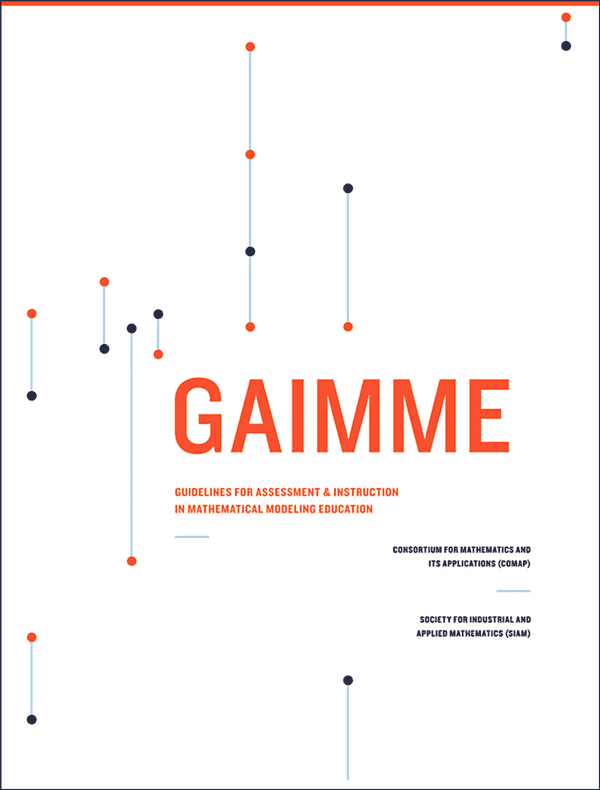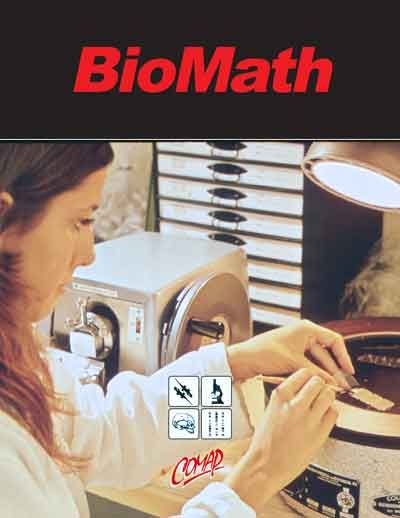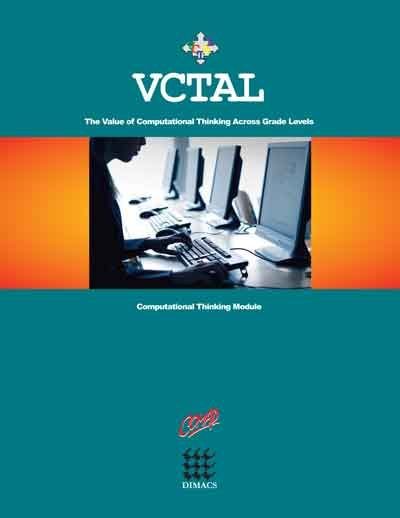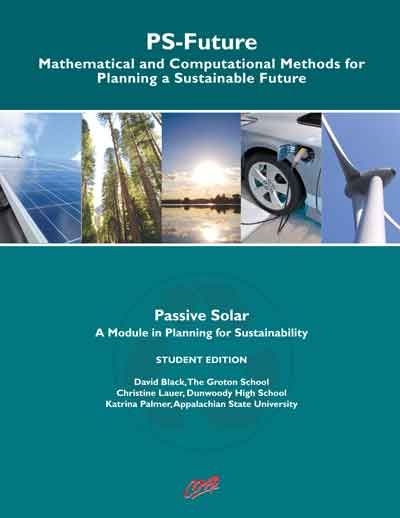COMAP Free Resources
COMAP provides many resources free to our members. Several of our most popular resources are highlighted below. Users can find additional free resources, as well as a filter feature to locate products on our Member Resources page.
COMAP grants members a license to duplicate materials from this web page for non-profit or educational purposes. These materials may not be sold commercially for profit, bartered, or given to anyone other than students attending courses taught by member faculty or at the purchasing member institution. These materials may not be modified or used in any other manner without the expressed written permission of COMAP.
Looking for something in particular?
Refresh for Relevance Challenge
COMAP invites educators, undergraduate and graduate students to help refresh and modernize our rich library of mathematical modeling resources. Mathematics education is evolving, and what was relevant a decade ago may no longer engage today’s diverse students. The Refresh for Relevance Challenge is an opportunity to revamp classic COMAP materials to align with contemporary classrooms, new technology, and current best practices.
The UMAP Journal
The Undergraduate Mathematics and Its Applications (UMAP) Journal, published quarterly, blends contemporary teaching modules with commentaries and articles to create a boldly different periodical. Each issue puts several real-world problems under a mathematical lens and demonstrates how real people are using mathematics in their jobs and lives. Whether it is exploring an elegant explanation of price-elasticity of illegal drugs, or the strategic implications of disarming the U.S. nuclear arsenal, The UMAP Journal is the modeling journal for anyone interested in applied mathematics. The current issue of UMAP is available free online, with previous issues available electronically with COMAP full membership. COMAP also offers a print subscription as an add-on to full members.
Consortium
Consortium, published twice a year and available electronically, blends contemporary teaching activities with commentaries, articles, and contest results and information to bring the excitement of mathematical modeling to high school classrooms. Each issue contains the Pull-Out section, a reproducible classroom activity centered on a real-world modeling problem. Recent Pull-Out lessons have modeled a wide range of topics including the genetics of sickle cell anemia and the accuracy of the Patriot Missile System. The current issue of Consortium is available free online, with previous issues available electronically with COMAP full membership. COMAP also offers a print subscription as an add-on to full members.
COMAP Mathematical Modeling Modules
COMAP presents a series of modules designed for teaching mathematics through the modeling of real-world phenomena. Most modules are suitable for use in high school classes, and some can be used in middle school, undergraduate courses, and in teacher education. Each module in the series is built around several classroom activities. Each module includes student activity pages, teaching notes, and answers. Teaching notes and answers are in two-column format at the beginning of the module. Student activity pages are in full-page format at the end of the module. Since technology plays a key role in mathematical modeling, most modules in this series offer opportunities to apply one or more forms of technology, such as graphing calculators and/or online graphing utilities, spreadsheets, and geometric utilities.
GAIMME
Guidelines for Assessment and Instruction in Mathematical Modeling Education
The shared hope and vision of the Consortium for Mathematics and its Applications (COMAP) and the Society for Industrial and Applied Mathematics (SIAM) is that this report motivates the educational community to make a place for mathematical modeling in curriculum, from pre-K through undergraduate levels. Further, that the value and importance of the skills required to execute math modeling effectively - logical thinking, problem solving, sensitivity analysis, and communication to name a few - are recognized and nurtured. Available in English and Spanish.
BioMath Module Collection
A result of the BioMath Connection (BMC) & Integrating Mathematics and Biology (IMB) projects, BioMath provides 20 modules designed for flexible adaptation in a variety of courses at a variety of grade levels in both mathematics and biology. These innovative classroom materials come with lesson materials, teacher material, and handouts/worksheets. The project was led by DIMACS at Rutgers University in collaboration with COMAP and Colorado State University (CSU).
VCTAL
The Value of Computational Thinking across Grade Levels 9-12
VCTAL is a set of instructional modules and mini modules for use in high school classrooms to help cultivate student facility with computational thinking across different grade levels and subject areas. Computational thinking is a high-level thought process that considers the world in computational terms. Students begin with learning to see opportunities to compute something and then relate these computational opportunities to mathematical thinking through abstraction, decomposition, measurement, and modeling.
PS-Future
Mathematical and Computational Methods for Planning a Sustainable Future
A result of the PS-Future project, this book is a collection of interdisciplinary modules designed to attract a diverse population of learners to STEM disciplines by engaging them in sustainability topics of broad personal relevance and providing an awareness of STEM educational opportunities and career paths related to sustainable living. The modules provide 4-6 days of classroom activities on a variety of topics that apply computational and mathematical methods in sustainability. Each module contains examples of jobs related to the module topic, together with a discussion of the skills and training required, as well as information on the salary and future demand for such jobs.
Browse More Resources
Search
